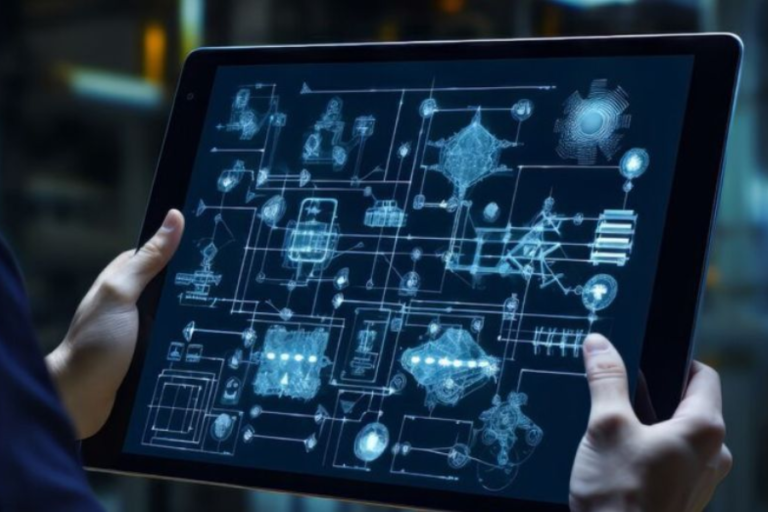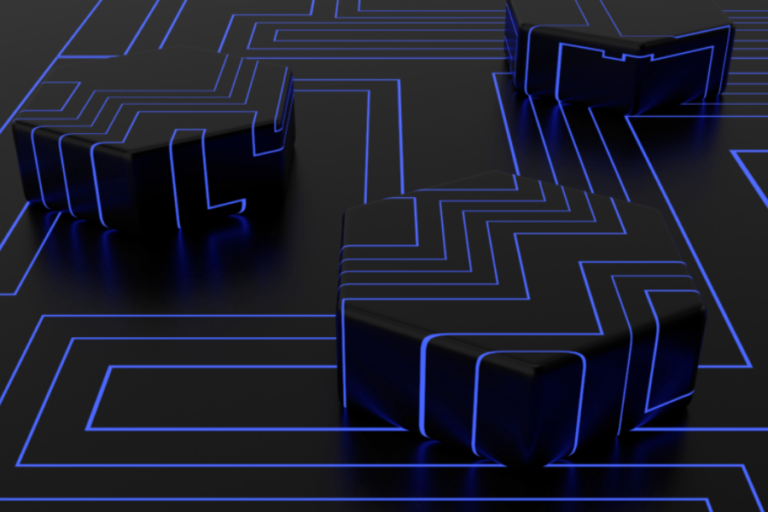Mastering the Setup of Your Geekzilla T3: Comprehensive Guide for Beginners
Are you ready to maximize your tech potential with the cutting-edge Geekzilla T3? This high-performance powerhouse is designed to take your gaming, content creation, and productivity to the next level. Whether you’re new to assembling high-end devices or a veteran tech enthusiast, setting up the Geekzilla T3 is an exhilarating journey that promises exciting results.
In this guide, we’ll walk you through every aspect of the setup process, from unboxing to customization. By the end, you’ll have a fully functional Geekzilla T3 optimized for peak performance. Let’s dive into the steps to unlock the full potential of your Geekzilla T3.
Essential Preparations for a Smooth Setup

Before you begin building your Geekzilla T3, it’s essential to get organized. Having everything prepared in advance will make the process smoother and more enjoyable.
What Tools You’ll Need
To assemble your Geekzilla T3, gather a few basic tools:
- A Phillips-head screwdriver (for securing screws)
- A set of tweezers for handling smaller components
- Cable ties or organizers for effective cable management
- A soft cloth for keeping surfaces clean and dust-free
These simple tools will help ensure that everything is tightly secured and neatly organized, preventing future hardware issues.
Organizing Your Workspace
Ensure you have a clean, spacious workspace where you can lay out all the components of your Geekzilla T3. Having enough room to spread everything out reduces the risk of losing small parts or damaging delicate components. Keep your instruction manual handy, and take a moment to check that all parts are present before you start assembling.
Connectivity and Resources
Make sure you have reliable internet access during the setup process. Some components may require online updates or software downloads, and having a tablet or smartphone nearby to check instructions or look up troubleshooting guides can be helpful.
Step 1: Unboxing Your Geekzilla T3 Like a Pro
The first step in your journey is the unboxing of your Geekzilla T3. As you open the box, you’ll find everything carefully packaged with protective padding to ensure that components arrive in pristine condition.
Inspecting the Components
Take your time as you remove each item from the box. Inspect every part for signs of damage. From the main system unit to the smallest screws, it’s crucial that everything is in top condition before you proceed. If any components are damaged or missing, contact the manufacturer for replacement parts immediately.
What You Should Find in the Box:
- The Geekzilla T3 main unit
- Power cables
- A user manual
- Peripheral cables (like HDMI or USB)
- Screws and other assembly accessories
This checklist ensures that you have everything needed for a successful build. Keep the packaging intact in case you need to exchange anything or safely store extra parts.
Step 2: Assembling Your Geekzilla T3: Step-by-Step
Once you’ve inspected your parts and organized your tools, you’re ready to assemble the Geekzilla T3. The assembly process might seem intimidating, but following this methodical approach will make it straightforward.
Preparing the Case and Installing the Motherboard
Start by preparing the Geekzilla T3’s case. If the case has any protective films, remove them carefully. Place the motherboard into the case, aligning it with the pre-installed standoffs. Secure it using the screws provided, ensuring everything is snug but not overtightened.
Inserting the CPU and RAM
Next, handle the CPU and RAM modules with care. Lift the CPU socket’s retention arm and gently insert the CPU, aligning it according to the markings. Once it’s in place, lower the retention arm to lock it. The RAM modules should be inserted into the appropriate slots, pushing down firmly until they click into place.
Installing the GPU and Cooling System
The Graphics Processing Unit (GPU) is next. Slide it into the PCIe slot on the motherboard and secure it with screws. Double-check that it’s properly seated, as a loose GPU can cause system instability.
For cooling, the Geekzilla T3 typically includes an advanced cooling system designed to maintain optimal performance. Attach the cooling fan or liquid cooling solution to the CPU and case as directed by the manufacturer, ensuring good airflow.
Finalizing the Hardware Setup
Once everything is assembled, give your setup a once-over. Are all components secure? Are there any loose screws or connections? Taking this extra time now can save you from troubleshooting later.
Step 3: Connecting Power and Peripherals
With the assembly complete, it’s time to bring your Geekzilla T3 to life by connecting all the necessary cables and peripherals.
Power Connection
Start by plugging the power supply unit (PSU) into the motherboard and other components. Make sure the main power cable from the PSU is securely connected to both the motherboard and the wall outlet. This connection is crucial for stability, so double-check it.
Peripheral Cables
Depending on your setup, you’ll need to connect various cables for your monitor, keyboard, and mouse. If you’re using external devices like a gaming controller or VR headset, this is the time to plug them in.
Common connections for the Geekzilla T3 include:
- HDMI/DisplayPort (for connecting to a monitor)
- USB cables (for peripherals)
- Ethernet cable (if you’re opting for wired internet)
Take care to route cables neatly using cable ties. Good cable management helps with airflow and gives your setup a clean, professional look.
Step 4: Powering On and Initial Setup Configuration
Now comes the moment of truth: powering on your Geekzilla T3 for the first time. Press the power button and watch as the lights come to life, signaling the start of your new journey.
Navigating the Startup Process
Once powered on, your Geekzilla T3 will begin its initial boot sequence. During this process, the system may prompt you to configure basic settings like date and time, language preferences, and network connections.
- Connect to the Internet: Whether using Wi-Fi or Ethernet, establishing a connection is vital for updating software and downloading drivers.
- Configure User Accounts: Set up your user profile, including usernames and passwords. This step also allows you to create multiple profiles for shared systems.
Step 5: Optimizing Your Geekzilla T3 for Peak Performance
Now that the Geekzilla T3 is up and running, it’s time to fine-tune your system. This involves installing necessary software, updating drivers, and adjusting performance settings based on your use case.
Driver Updates and Software Installation
Your Geekzilla T3 will likely require updates for optimal functionality. Navigate to the settings menu and check for any pending driver updates for your GPU, motherboard, and other peripherals. Download and install them to avoid any performance bottlenecks.
Additionally, install any essential programs you plan to use, whether it’s a gaming platform, video editing suite, or productivity software.
Performance Settings
The Geekzilla T3 is built for high performance, so take advantage of its capabilities by adjusting your settings. Whether you’re focused on gaming, streaming, or professional work, fine-tuning the system can enhance speed and efficiency. Explore the system’s performance management tools to adjust CPU, GPU, and fan speeds for specific tasks.
Step 6: Keeping Your Geekzilla T3 Running Smoothly
Maintaining your Geekzilla T3 is just as important as the initial setup. With regular care and attention, your system can remain in peak condition for years to come.
Routine Maintenance
To keep your system running smoothly, perform periodic checks:
- Dusting: Dust buildup can harm performance and cooling efficiency. Use compressed air to clear out dust from vents and fans regularly.
- Software Updates: Stay on top of software and driver updates. Updated software ensures your system runs with the latest features and security patches.
Monitoring System Health
Install software that monitors your Geekzilla T3’s health, including CPU and GPU temperatures. High temperatures can signal issues with airflow or cooling. Monitoring can help you identify potential problems before they escalate.
Troubleshooting Common Issues with the Geekzilla T3
No tech setup is immune to occasional issues, but don’t worry—most problems can be fixed with a little troubleshooting.
Connectivity Problems
If your Geekzilla T3 is not recognizing peripherals or failing to connect to the internet, check all connections. Try unplugging and replugging cables or rebooting the system to resolve basic issues.
Power Issues
If the Geekzilla T3 doesn’t turn on, make sure the PSU switch is on and double-check your power connections. Try resetting the power by unplugging the system for a few minutes and then plugging it back in.
Performance Issues
Lag or slow performance may be caused by background applications consuming too much memory or CPU power. Close unnecessary programs and check system resource usage via the task manager.
Conclusion: Embrace the Full Potential of Your Geekzilla T3
Setting up and maintaining your Geekzilla T3 is an enriching experience, one that offers both a deep dive into technology and a chance to create a personalized powerhouse. With the right tools, attention to detail, and patience, you can enjoy all the benefits of this incredible machine for years to come.
The Geekzilla T3 is more than just a gadget—it’s your gateway to limitless creativity, immersive gaming, and enhanced productivity. From the first unboxing to routine maintenance, each step brings you closer to harnessing the full potential of your device.
Happy building and gaming with your Geekzilla T3!






